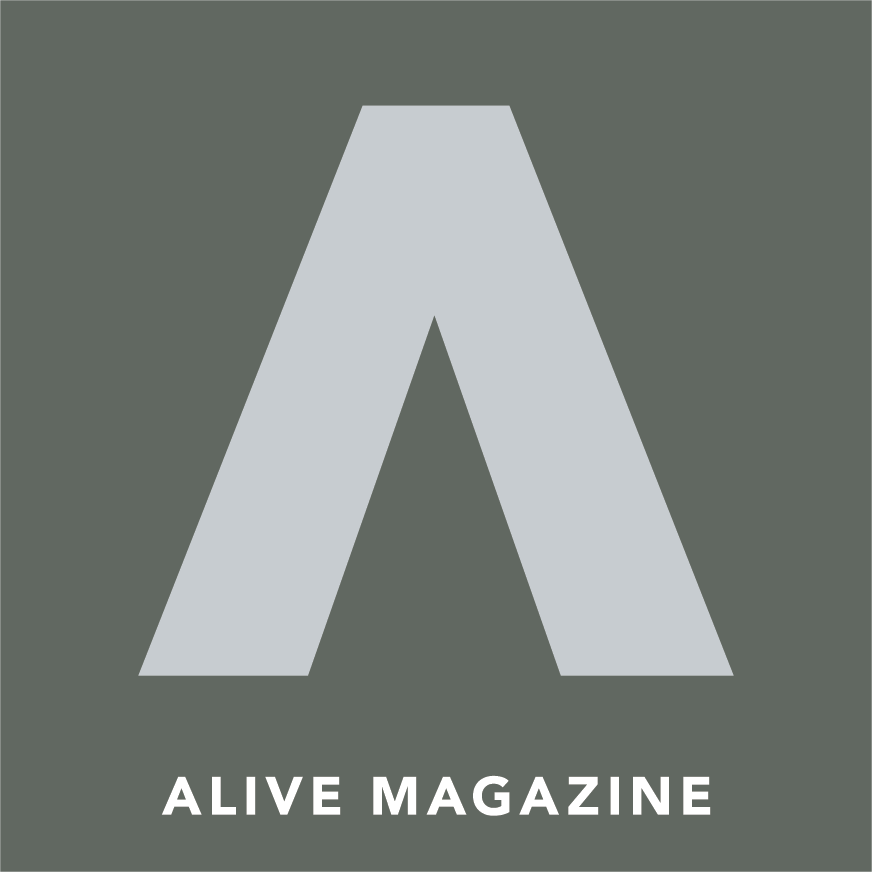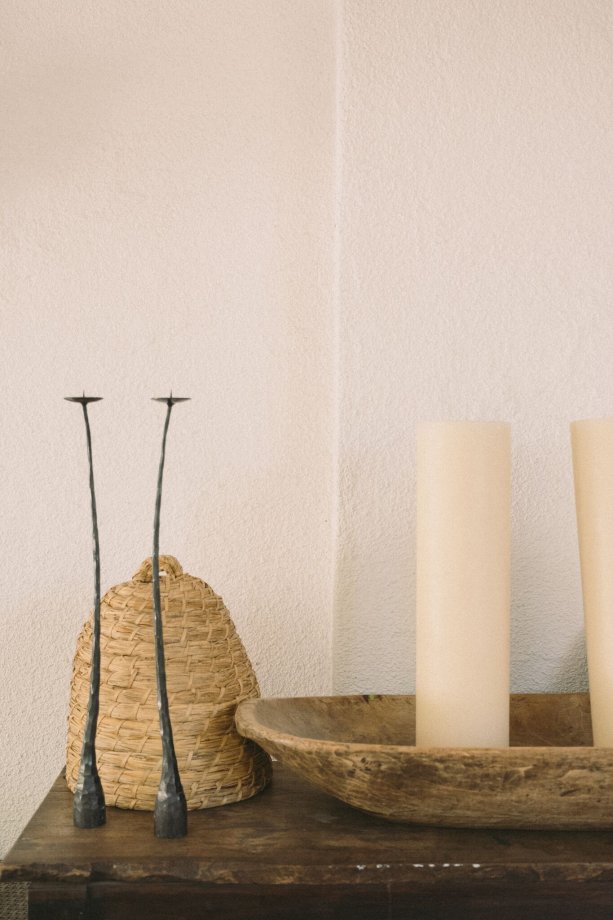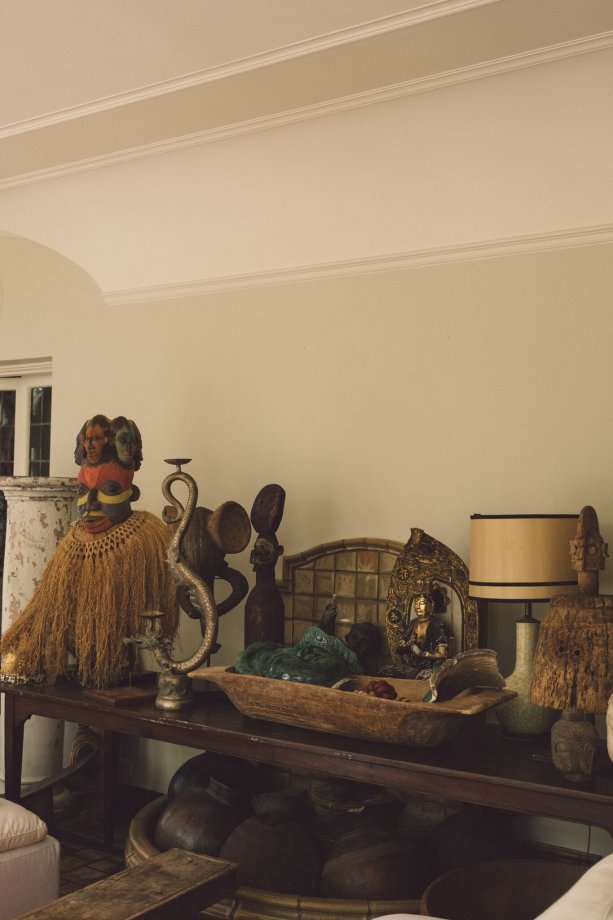Minding The Gap(s): Susan Barrett, St. Louis Macro Intellectual And Creative Heavyweight
“Art should not be limited to the art world. Art is much broader, more complex and full of possibilities. That is what really energizes me, and is what we’re really trying to understand ... ”Susan Barrett is an “and” person. Rarely in conversation will she qualify a claim with a caveat, or pause to review and solemnly reflect. Rather, she tends to string one possibility onto another, her voice rising in excitement with each conjunction in the air.As an artist and founder of projects+gallery and Barrett Barrera Projects, plus a wife and mother, Barrett is, above all, a master of addition, of cross-pollination, of a process that pushes the boundaries between genre and vocation. “I tend to understand things from a higher perspective, instead of getting bogged down by details,” she shares from her St. Louis, Missouri, office. “I don’t care how things are done day-to-day. I’m more interested in the end goal.” In person, Barrett is statuesque, her expressions constantly moving. Geometric earrings dangle against her auburn curls. Seated against a white wall, she resembles a Modigliani model—minus the gloom. Her smile is easy, her cheekbones high, her eyes a bit mischievous, as though she’s in on some awesome secret, waiting for the perfect moment to spill the goods.“I’ve changed my career so many times that a lot of people can’t pinpoint me,” she jests—or half-jests, really. “I’m constantly pushing. As an artist myself, I’m always challenging the concept of what is art. Developing my business is just another form of creation.”A native St. Louisan, Barrett earned her bachelor of fine arts in visual art at Washington University in St. Louis before pursuing a master’s in architecture.But that doesn’t tell the whole story. “When I was an undergraduate, you had to be very specific about what you did. I studied painting—but added a bachelor’s in comp lit, and another in French.”Filled with wide drawing tables, bold contemporary photographic prints and an assortment of antique Asian icons, Barrett’s office itself indicates a mélange of creative collisions—a cross between studio, gallery and professional workspace. Her own desk in the corner is covered with books, figures and plans in progress, a small bowl of well-loved crayons burrowed toward its edge. Though, the office isn’t messy, or even particularly chaotic. Instead, it seems to represent the mind of a fiercely macro thinker who has long dismissed the sense of containing things in categories that only nominally exist.“When I went to architecture school, I had a little bit of a meltdown in terms of understanding space,” she explains. “All of the sudden I realized, ‘I don’t understand space. What is space?’ For me it was always the same, whether I was painting or creating. Suddenly there were all these dogmas—what is space, and how do you flow through it? But my inspiration in architecture school was always artists.”Unsurprisingly, as a designer, artist and entrepreneur, Barrett’s inspiration has ranged from modernist architecture to hip-hop music to Japanese haute couture.“For as long as I can remember I was drawing house plans, the people who go in them, and then drawing what’s on the wall and what everyone was wearing. There were never divisions between what was art, architecture and design. You create.”Launched in 2014 in the wake of the phenomenally successful “A Queen Within” fashion exhibition at the World Chess Hall of Fame—which Barrett hosted—the projects+gallery vision means pairing Dolce & Gabbana stilettos with art by the likes of Marilyn Minter and Kehinde Wiley; or, this past fall, portraits by Hassan Hajjaj, the “Andy Warhol of Marrakesh,” with quilted sculptures by St. Louis artist Basil Kincaid. Under the directorship of Bridget Melloy, the global gets local, and the local goes for broke—with a cross-disciplinary focus at once fabulous and ambitious.“I think the whole notion of being pigeon-holed is changing,” says Barrett, swift to relate this broader shift to her own personal experience. “When I was growing up, I was never satisfied. I think that my parents were quite alarmed that I was a jack-of-all-trades and a master-of-none. Time has caught up with those of us who have multiple interests and can hold them at the same time. I think that is where, collectively, societally, that’s where we are headed.”A roving maximalist, Barrett makes no apologies for coloring outside the lines, in philosophy or presentation. And why should she? “With projects+gallery, initially people didn’t know what we were,” Barrett recounts with an air of amusement, “and some people still don’t understand. We don’t look the same every time, and that’s very intentional. For us, it is important to give the artist the entire voice. We are not the ones curating it; we invite the artist to come curate their own work.”Hence, artists themselves translate the meaning of their work—sometimes through other artists sometimes through those who aren’t called artists, but whose work is just as creatively robust. As such, the hermeneutical hierarchy goes gleefully jettisoned. “We’ve always thought of projects+gallery as a lab,” she says, briefly acknowledging and then dismissing the term’s recent trendiness. “We see it as a place for artists to experiment and contextualize their own work. If they want a white box, that’s fine, and if they want to do something else, that’s also fine.”Openings at projects+gallery lasso in everything from internationally renowned deejays to cabaret in the form of a drunken cowboy—the gallery packed with a spectrum of people as spectacular as the artwork. “One of the things I’m proudest of is the diversity of the crowds we draw,” says Barrett, “I love that I don’t know everyone who shows up to our openings and that it’s different every time.”Barrett, of course, is in the middle of it all—usually dressed in something both luxe and a touch zany, a sartorial rejoinder to any “white-box” mentality one might expect.But don’t let that image fool you—as she is aware it very well could. “People probably think I’m such an extrovert, but I’m much more of an introvert. I think of myself as an outsider looking in.”For a self-perceived outsider, Barrett has a way of conveying a certain insider status—from her breezy confidence to her lead role in bringing international stars like Peaches and Charlie le Mindu to the heartland. In the same vein, she seems the first to admit a sort of naiveté and then bask in its liberating potential. “I thought, ‘If you can’t do these kind of collaborative shows in the art world, then where can you do this?’ It turns out that the art world isn’t as open as you’d think. In the national galleries, there’s no room for experimentation unless it’s contextualized.”And what does she mean by such a jab? In place of “if you can’t beat em, join em,” it’s more like “if you can’t beat ‘em ... who cares?” Barrett’s bemusement with the art world’s compartmentalism clearly serves to feed her ardor. “The art world is going through an identity crisis. There are so many ‘isms’ and platforms that are starting to topple,” she explains. “It’s a great time to be here, to be shaking it up. But there’s still resistance to it. The more we pushed our idea—and the more pushback we were getting—the more we thought, ‘There’s something here, in order to get that kind of resistance.’”If the triumph of “The Queen Within” proved a catalyst for projects+gallery to develop organically as a forum, consciously refusing staid artistic categories, then projects+gallery cast a line for an even bigger fish: Barrett Barrera Projects, the consulting firm that has extended Barrett’s vision beyond St. Louis’ borders.Directly across the tree-lined street from the gallery, Barrett Barrera resides on the second floor of an elegant retail plaza. The window aside Barrett’s desk looks out at projects+gallery, as though an invisible mental zipline links one to the other. When asked what Barrett Barrera Projects is all about, Barrett waxes at once abstract and animated. “Barrett Barrera is more indefinable than projects+gallery. Over here, we play with understanding how to navigate the art world—taking chances, challenging what it is in the first place. We have the understanding that art is a verb. It can be a product, but I’m more invested in the process. How does inspiration go through an internal or external battle? It’s not just what hangs on the wall.”Across our conversation, the term “we” launches Barrett’s sentences more than not, even when tackling “you”-directed questions, honoring the extent to which her ambitions rely in part on multidimensional staff. Recently joining the Barrett Barrera team as Associate Director of Curatorial and Program Development is Jessica Baran, a distinguished curator, art writer and poet who has long defied easy classification. Raised in Indiana, then earning her BFA in visual art at Columbia prior to earning a MFA at Washington University in St. Louis, Baran brings a unique ability to bridge the gaps between regional concerns and national exigencies.And the timing couldn’t be better. A century ago, St. Louis was America’s fourth-biggest city, an international hub for the cultural and artistic avant-garde. With the economic decline accompanying decades of deindustrialization, the city has been shrinking for a long time. It can be tempting to feel—as in many rustbelt centers—that the glory of the past is long gone, that the present cannot ever prove as creatively exuberant, glamorous and relevant as it once was.But it’s hard to feel that cynicism at projects+gallery or the Barrett Barrera headquarters. Here, amid the books and crayons, it seems almost anything is possible. Barrett’s tenacity, in part, lies in assuming the opposite when it comes to who’s paying attention to what she and her crew are up to. “As far as St. Louis, no one’s looking at us,” she says, “so there’s nothing to prove. And I love that! There are fewer pressures here, there’s more space and there’s more acceptance, because people will let you do what you want to do. It’s much easier to experiment. You can actually build things here.”In June of 2017, Barrett Barrera announced its first St. Louis-based residency program, during which interdisciplinary artist Paul Soileau (aka “CHRISTEENE”) and award-winning filmmaker PJ Raval were the inaugural artists-in-residence. Working out of the historic Lemp Brewery and a former pharmaceutical warehouse in south St. Louis City, their collaboration culminated in a series of pop-up events across the city with both local talent and visiting artists like New York City’s “trans-genre artist” Mx Justin Vivian Bond. Performance proceeds went to the Metro Trans Umbrella Group and PrideCenter STL.“We’re asking, ‘How can we showcase new experiences as a form of art?’” says Barrett. “When people have gone to some of our events, they have come up to me and said, ‘Thank you. This is just like New York in 1982.’ And I’m like, ‘But we’re in St. Louis.’”Which is part—but not all of—the point. Recently opening a New York office, Barrett Barrera Projects has sponsored arts events on both coasts—like “The Charlie Factory” this past October, a three-day performance act at the iconic The Standard Hotel in downtown Los Angeles. For this exclusive rooftop soiree (at which costumes were, of course, required for attendees), Barrett Barrera artist Charlie Le Mindu (who makes fashion pieces out of human hair) collaborated with musicians like Black Cracker, Peaches, Princess Vitarah and The Voluptuous Horror Of Karen Black & Kembra Pfahler.“I love being underestimated,” Barrett confesses. “That’s always been my weapon of choice. I can go ahead and do whatever I want to do, and no one’s bothering me and I have nothing to prove. It gets the ego out of the way.”As far as the challenges facing projects+gallery and Barrett Barrera, she takes a leap of faith that her inclusive philosophy will be rendered accessible to the public. “As the leader, I have to be careful,” she says. “I personally love living in that ambiguous state, but it takes the right combination of people to make it happen—a process of relationship and trust-building.”Future-wise, Barrett mentions “serious negotiations for a big project in China” involving a “basket of celebrities.” Meanwhile, “A Queen Within” will be traveling to the New Orleans Museum of Art, and a collaboration with New York painter and sculptor Christine Corday is in the works. In March of 2018, Barrett Barrera will participate in the exhibition “RESPECT: Hip-Hop Style & Wisdom,“ at the Oakland Museum of California.Barrett and her team are also considering how to encourage limited-edition works by their artists for a more affordable retail price point. “We are trying to adapt our company to both the needs of the artist and the needs of the public. Fortunately, we have a team of people who like challenges and figuring things out.”“One of the most fun things to do is to bring artists to St. Louis and watch their reactions. Everyone I’ve brought has ended up loving this place. We have the best of the Midwestern aspect. One, we’re nice, and people like to work with us. But there is also that surprise element. We specialize in the unexpected.”Listening to Barrett express her passion for such a wide variety of artists—specifically a dual love of contemporary portraiture and more conceptual work—tensions between the emotive and cerebral seem to readily dissolve. “Head and heart both have to be at stake,” she says. “In a collective consciousness now, we can hold head and heart in the same realm. Humanity has evolved to that. Our systems haven’t.How do we curate our internal selves? What will change and challenge us? In the best-case scenario, art does that. There’s something transformative.” The late artist Gordon Matta-Clark, another of Barrett’s heroes, once said, “Here is what we have to offer you in its most elaborate form—confusion guided by a clear sense of purpose.” It’s hard not to get swept up in her idealistic gusto. But then, how much is idealist when so much has been realized?Later that afternoon, following a visit to the Hassan Hajjaj and Basil Kincaid show at projects+gallery, I spot Barrett about three cars down outside a local St. Louis auction house, hauling a statue almost half her size into the back of an SUV. Once one is safely laid inside, she squats to scoop its taller sibling.For all her lofty talk and playful self-abasement, this woman is also a heavy lifter. This piece originally appeared in ALIVE Issue 1, 2018. Purchase Issue 1 and become an ALIVE subscriber.Photo credit: Attilio D’Agostino.








